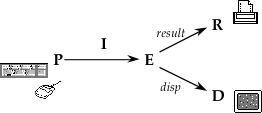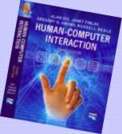- Full reference:
- A. Dix (2004). Is the PIE past its sell-by date? Talk given
at 20 Years of HCI at York, Kings Manor, York, 4th June 2004
http://www.hcibook.com/alan/talks/
mdh-fest-2004/
More:
| download slides of talk (PDF, 2.6M) | |
| Alan's pages on formal methods in HCI | |
| Upside down As and algorithms - computational formalisms and theory In HCI Models, Theories, and Frameworks: Toward an Multidisciplinary Science. John Carroll (ed.), Morgan Kaufman, 2003. pp. 381-429 | |
| Formal Methods for Interactive Systems. Academic Press |





